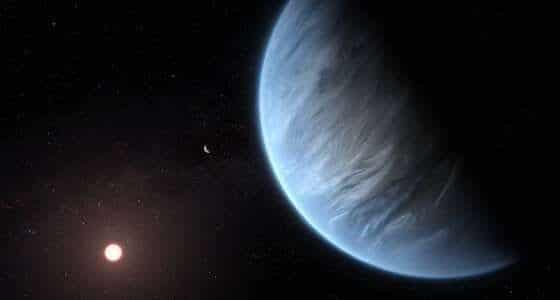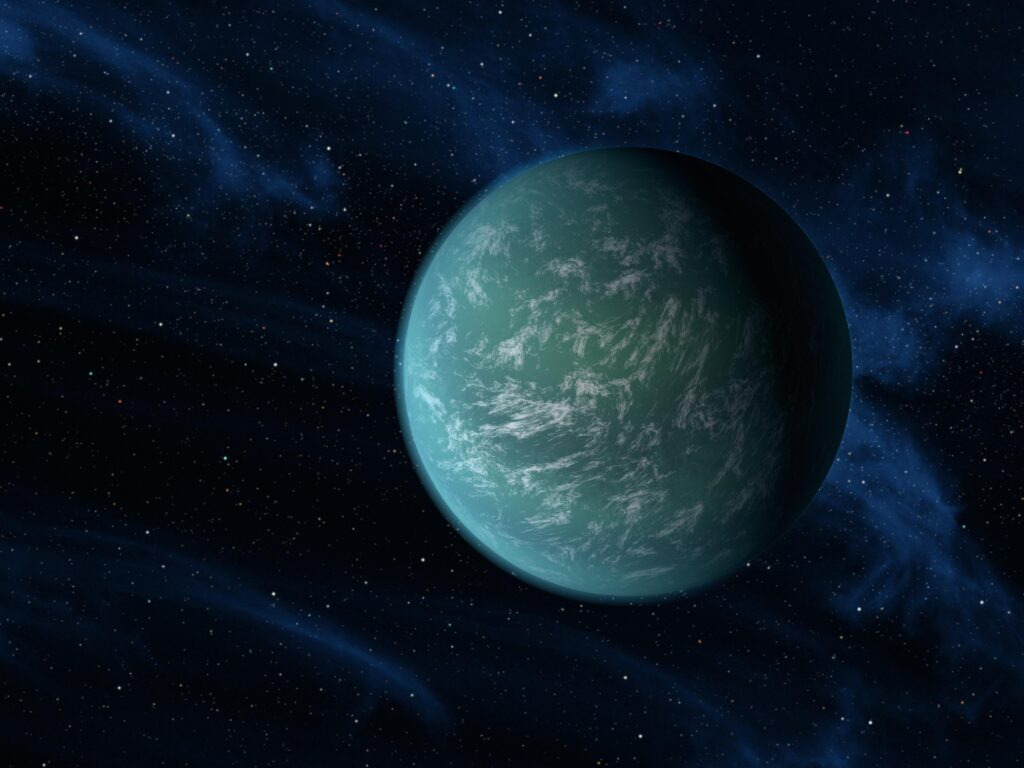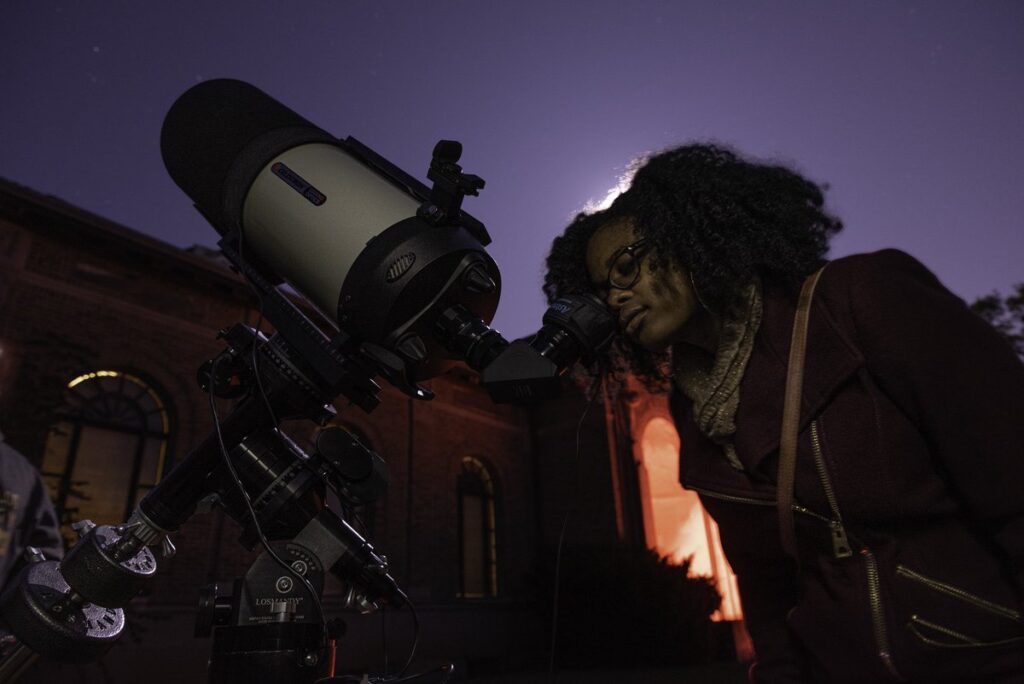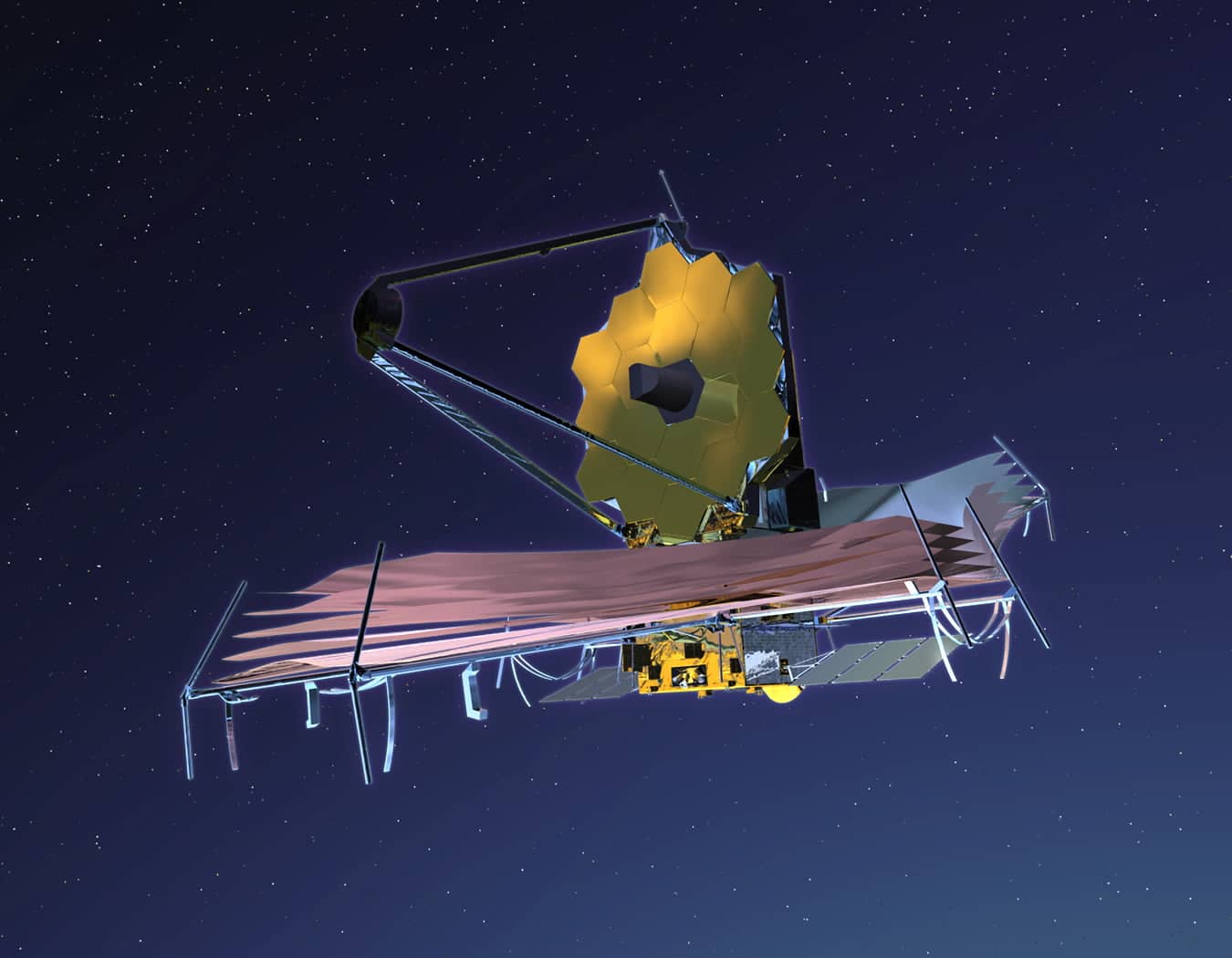Research shows that a new telescope could detect a potential signature of alien life on other planets in as little as 60 hours.
“What really surprised me about the results is that we could realistically find signs of alien life in the next five to 5 years,” he says Caprice Phillips from Ohio State University, who will share the preliminary results of this study in a press conference during theApril meeting of the American Physical Society.
The search for alien life is numbered

Gaseous dwarf planets have the potential to promote life. However, none of these super Earths are present within our solar system. That's why scientists are working hard to determine whether their atmospheres contain ammonia and other potential signs of alien life.
In her study, Caprice Phillips calculated that when the James Webb Space Telescope launches this October, it could detect ammonia around six gaseous dwarf planets after just a few orbits.

She and her team modeled how JWST instruments will respond to changing clouds and weather, then produced a prioritized list of planets the James Webb telescope should search for alien life.
“Humanity has contemplated the questions: 'Are we alone? What is life? Would alien life be similar to ours?' “, says Phillips.

This research suggests that for the first time ever we have the scientific knowledge and technology to really start finding the answer to these questions.


